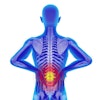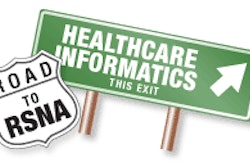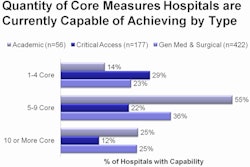Tuesday, November 30 | 10:30 a.m.-10:40 a.m. | SSG08-01 | Room S402AB
In an informatics scientific session focusing on radiology reporting and results communication, Daniel Rubin, MD, will describe ClearCapture, an open-source structured reporting tool integrated into an image viewing workstation. It is designed to assist in the comprehensive collection of information that is required for imaging research studies and could ultimately be extended to clinical practice.The tool records quantitative and qualitative image annotations, and generates a structured report as a full-text document or a DICOM SR object. Rubin, an assistant professor in the department of radiology of Stanford University in Stanford, CA, and colleagues wanted to develop an approach to the structured reporting of comprehensive image information that can be introduced into the clinical workflow.
Rubin will explain how the research team evaluated many different existing information models to identify the common elements of each. These information models were culled from the RSNA structured reporting initiative, from imaging case report forms for tumor response in cancer clinical trials, and from the Annotation and Image Markup standard of the U.S. National Cancer Institute's caBIG Imaging Workspace. Templates used in commercially available structured reporting systems were also evaluated.
In its first test of ClearCapture, a neuroradiologist reported the findings of 10 MRI cases of brain glioma. Rubin will discuss the neuroradiologist's assessment of the tool as well, and describe what future activities are planned.



















